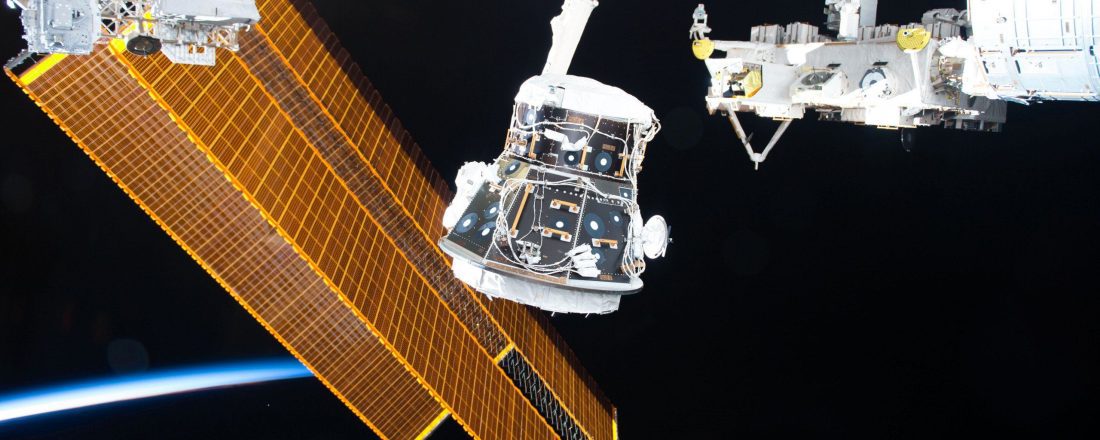
New batteries are installed on the International Space Station: Li-ion, 357 kWh. Old NiMH headed for Earth
The 2,9 tonne nickel metal hydride battery pack was disassembled and released from the International Space Station (ISS). They are expected to orbit the Earth for two to four years and then burn up in the atmosphere. 48 modules with nickel-metal hydride cells were replaced with 24 modules with lithium-ion cells.
ISS battery: LiCoO2, 357 kWh, up to 60 duty cycles
NiMH batteries were used on the ISS to store the energy generated by photovoltaic cells. The oldest has been in service since 2006, so NASA decided it should be replaced when it reaches its useful life. It was decided that the new batteries would be based on lithium-ion cells, which offer a higher energy density per unit of mass and volume.
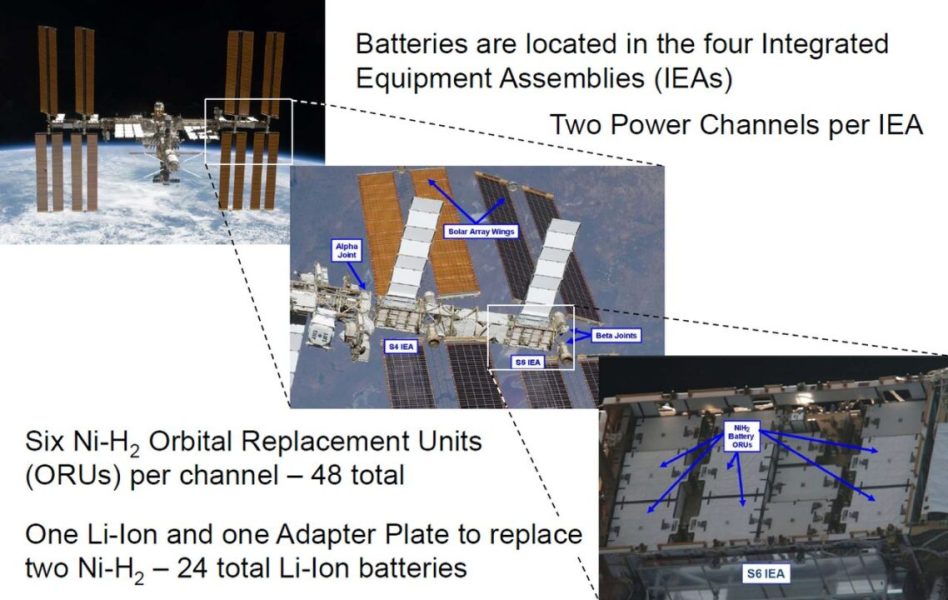
It was assumed that new elements must withstand 10 years and 60 working cyclesand at end-of-life offer a minimum of 48 Ah instead of the original 134 Ah (0,5 kWh). As you can see, NASA agrees with much more degradation than EV makers because only 36 percent of the original capacity is considered end-of-life. In electric vehicles, the replacement threshold is usually set at about 65-70 percent of the factory battery capacity.
In the test cycle, it was decided that the batteries (more precisely: ORU modules) would be built on the basis of cells. GS Yuasa with cathodes made of lithium-cobalt oxide (LiCoO2). Each of them consists of 30 such cells, so one module has a power of 14,87 kWh, full set of batteries for storing up to 357 kWh of energy... Like LiCoO cells2 can explode if damaged, a number of tests have been carried out, including their behavior when piercing and recharging.
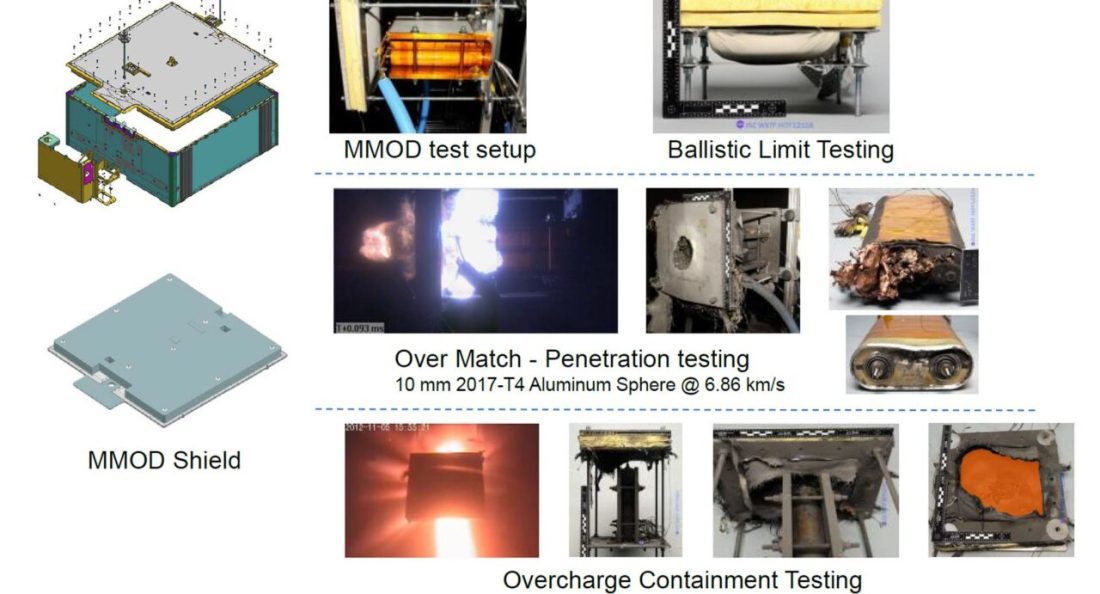
The battery replacement mission began in 2016 and ended on Thursday 11 March. A pallet with 48 NiMH-based batteries was launched towards the Earth - in the photo they are visible 427 kilometers above Chile.... After release, it moved at a speed of 7,7 km / s in a gradually narrowing orbit. NASA estimates that in two to four years the cargo will enter the atmosphere and burn in it "Without any harm." Considering the weight of the kit (2,9 tons) and its structure (interconnected modules), we should expect a bright car that crumbles into a rain of debris.
Hopefully, because 2,9 tons is the weight of a really big SUV. And the heaviest "garbage" ejected from the International Space Station...
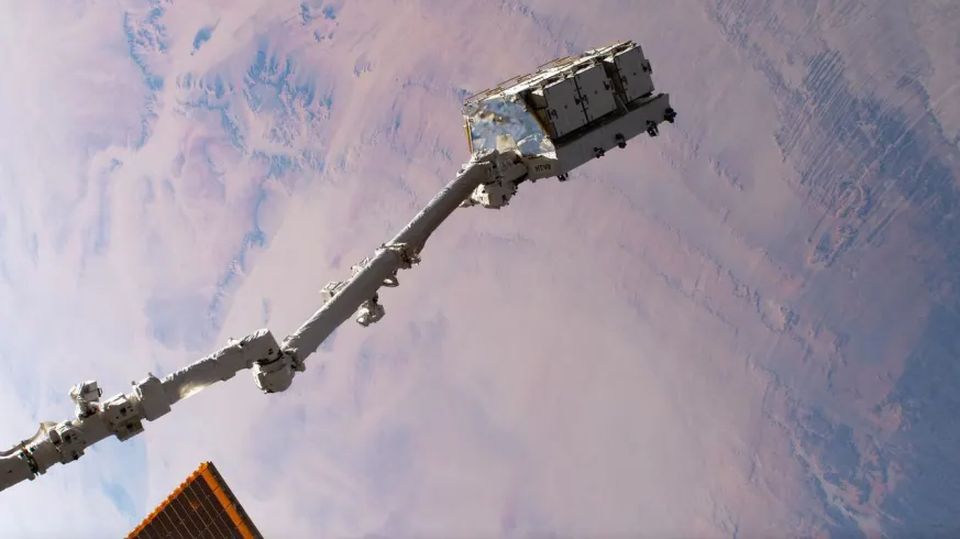
Pallet with ORU / NiMH battery modules held by Canadarm2 arm moment before release (c) NASA
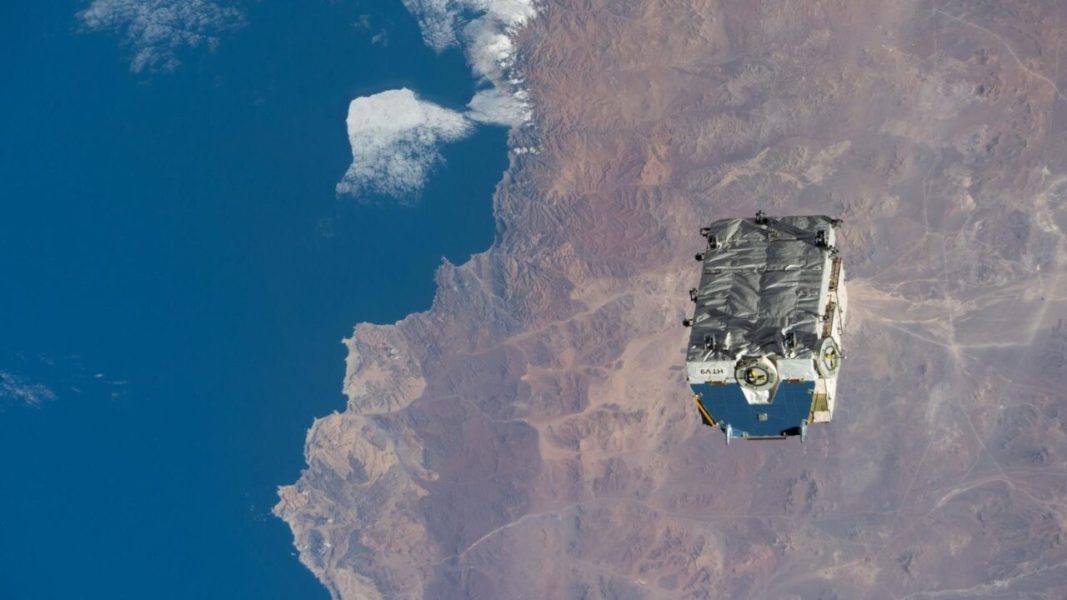
Pallet with NiMH batteries 427 km above Chile (c) NASA
This may interest you:
